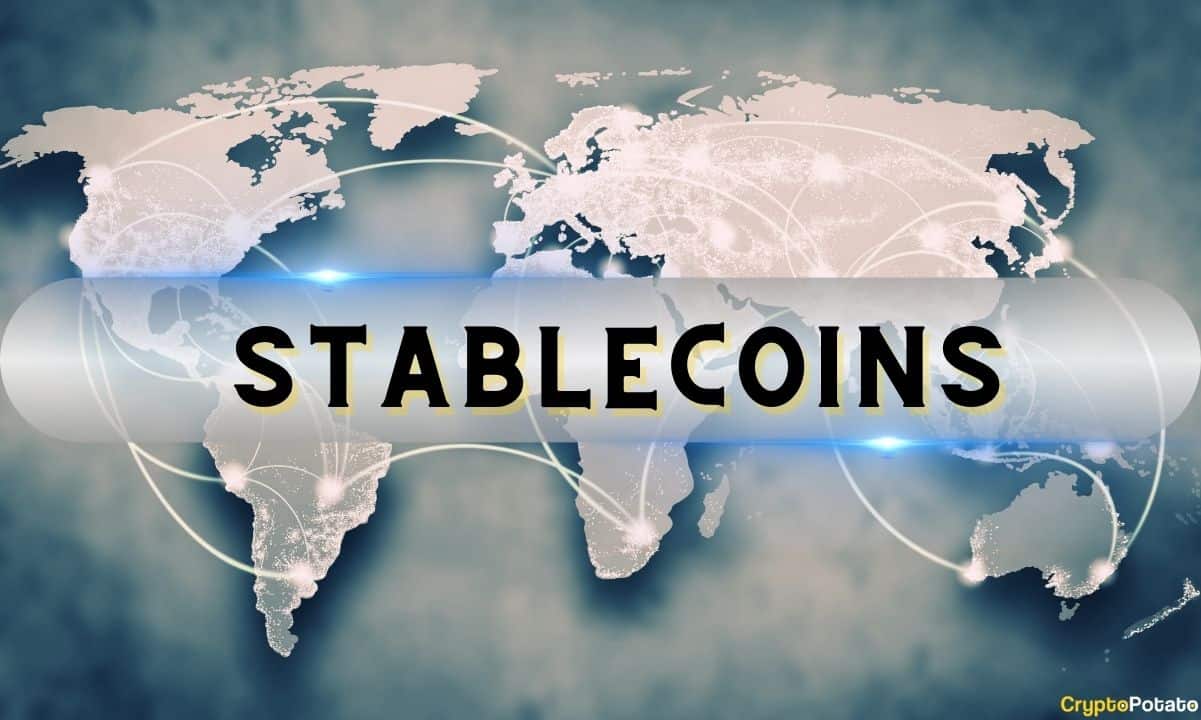Stablecoins Soar, But PayPal’s PYUSD and SocGen’s EURCV Get Left Behind

The stablecoin market is exploding—just not for everyone. While giants like Tether and USDC dominate, PayPal’s PYUSD and Société Générale’s EURCV are stuck in neutral. What gives?
Corporate coins face trust gap
Institutional stablecoins should’ve been a slam dunk. Instead, they’re battling skepticism from crypto natives and regulatory headwinds. PYUSD’s adoption crawls while EURCV barely registers—despite their banking pedigree.
Liquidity woes plague newcomers
Without deep pools or DeFi integrations, these tokens can’t compete. Traders want assets that move fast, not ones tied to corporate balance sheets. (But hey, at least they’re not as volatile as your average bank stock.)
The verdict? Building trust takes more than a big name. In crypto, traction comes from utility—not just a fancy logo. Maybe next time, Wall Street.
TradFi Misses the Mark
According to the latest report by CoinGecko, traditional finance-backed stablecoins like PayPal’s PYUSD and SocGen’s EURCV struggled to gain meaningful traction.
Despite brand recognition and regulatory alignment, both coins have seen limited adoption and utility in a market dominated by crypto-native incumbents.
Their underperformance pointed to the challenges TradFi institutions face in competing with established decentralized players. However, the door remains open for future entrants, particularly as the US edges closer to regulatory clarity.
Meanwhile, commodity-backed tokens experienced a 67.8% market cap increase during the same period, as this cohort added $773.9 million and reached a record $1.9 billion during a period of economic volatility. This growth closely mirrored the rally in Gold prices, as investors turned to the metal as a hedge against mounting geopolitical and macroeconomic risks.
Despite this, the segment remains a minor player, and comprises just 0.8% of the total value of fiat-backed stablecoins. Even with strong tailwinds from gold, commodity-backed tokens expanded at a slower pace than their fiat counterparts.
Tether Gold (XAUT) and PAX Gold (PAXG) continue to lead, and collectively make up 84% of the category’s total market cap. Interestingly, this surge in market value did not coincide with an increase in token issuance, indicating that the demand for tokenized commodities stayed relatively flat and was largely influenced by asset appreciation rather than increased adoption or new users entering the space.
Tokenized Treasuries See Breakout Year
Beyond stablecoins and tokenized commodities, another corner of the real-world asset space saw even more explosive growth. In April 2025, the tokenized treasury market hit an all-time high, with a total market cap of $5.6 billion. This is a 544.8% increase from the previous year, which makes it the strongest-performing RWA class during the period.
A major catalyst for this growth occurred in March 2025, when the US introduced sweeping trade tariffs, which fueled investor flight to safer assets. Between March and April alone, tokenized treasuries added $2.3 billion in value, up 67.1%. BlackRock’s BUIDL token, launched in July 2024, quickly became the category leader and accounted for 44% of the total market by April.
The product saw explosive growth in 2025, as it rose by more than 372% to end April with $2.5 billion in tokenized treasuries. While these digital assets are now issued across several blockchain networks, ethereum remains dominant, with Stellar in second place. Despite rapid expansion, overall user participation is still relatively narrow, as tokenized treasuries are distributed across just over 11,000 individual on-chain addresses.

